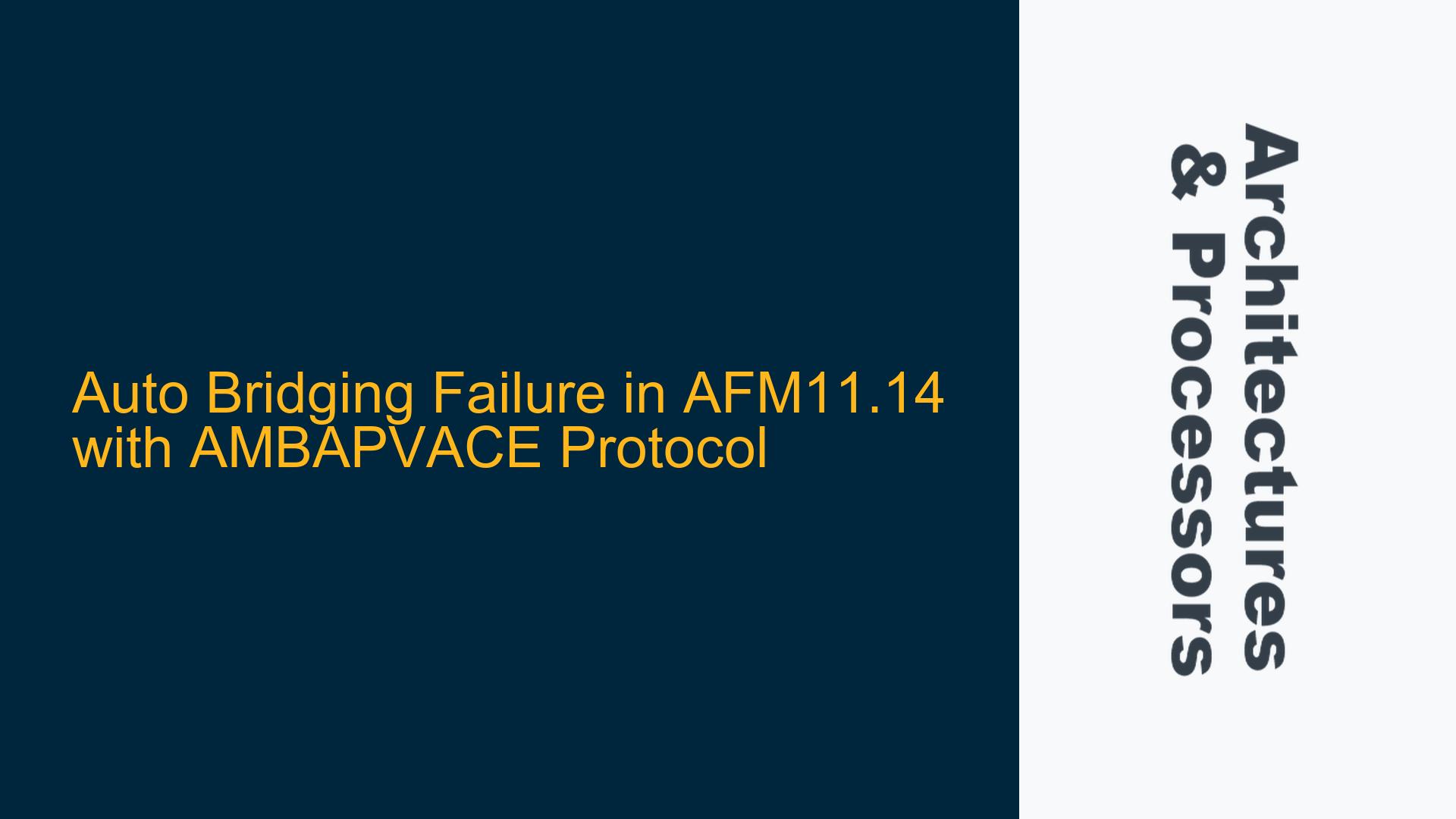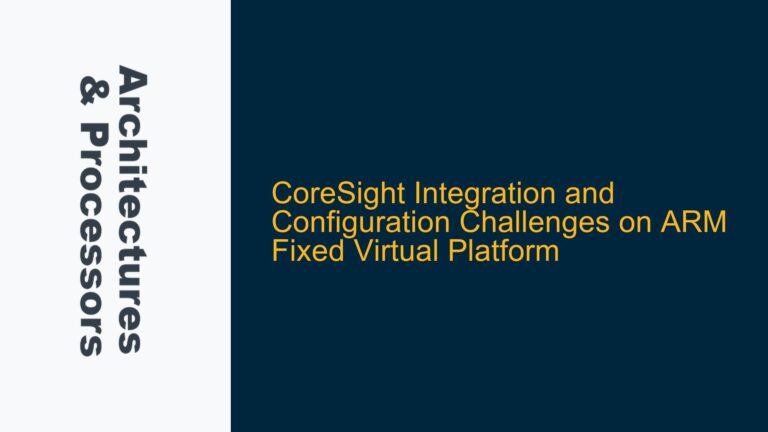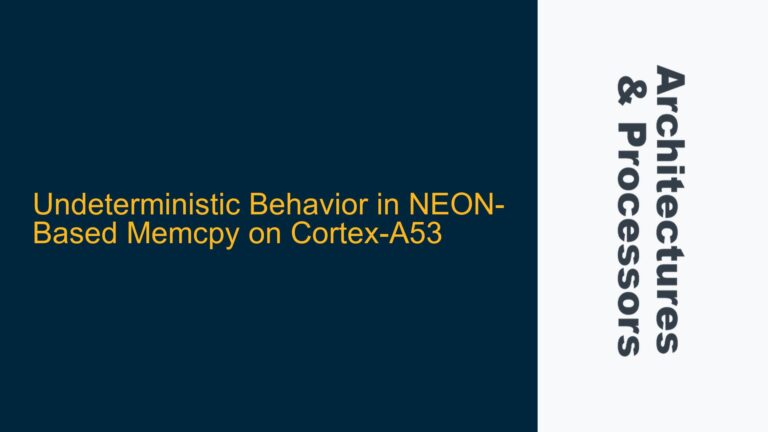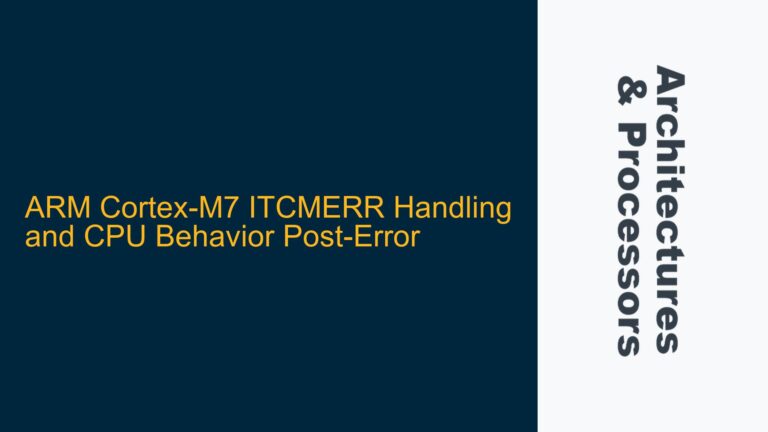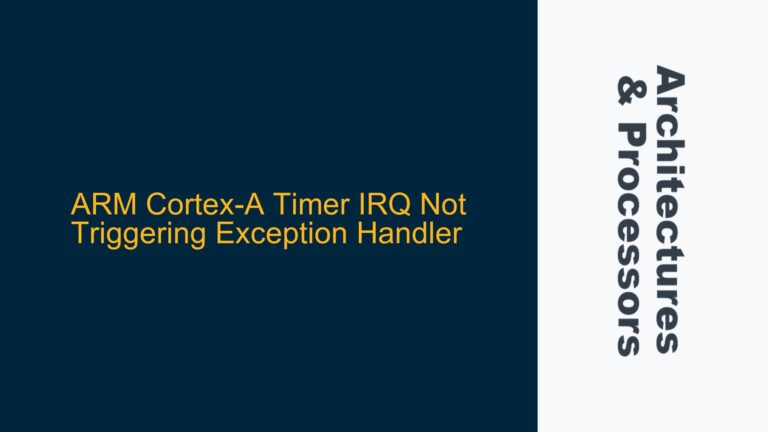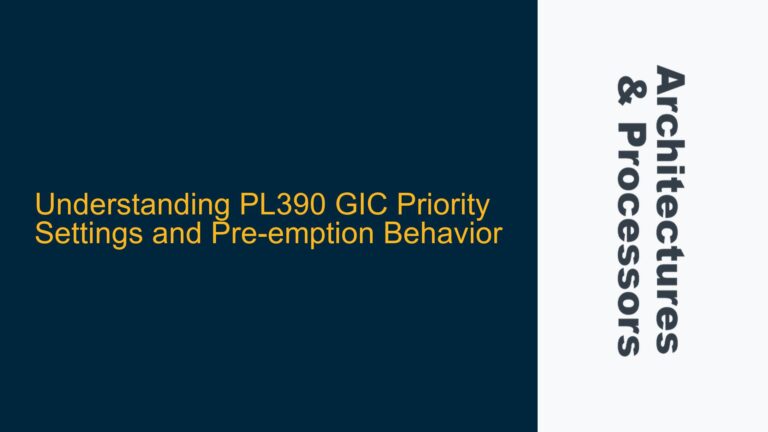PVBus Master Ports Not Generated in Simgen with AMBAPVACE Protocol
When attempting to utilize the auto bridging feature in Simgen for the AMBAPVACE protocol, the PVBus master ports are not generated as expected. This issue arises specifically when configuring the master bridge for the PVBus protocol to use the PVBus2AMBAPVACE bridge in the JSON configuration file. Interestingly, the PVBus2AMBAPV bridge configuration works without issues, generating the necessary PVBus master ports. This discrepancy suggests a potential misconfiguration or limitation in the Simgen tool when handling the AMBAPVACE protocol.
The AMBAPVACE protocol is a specialized variant of the AMBA protocol, designed to support specific use cases such as power-aware designs and enhanced coherency mechanisms. The PVBus2AMBAPVACE bridge is intended to facilitate communication between PVBus masters and AMBAPVACE slaves, ensuring proper protocol translation and signal mapping. However, the failure to generate PVBus master ports indicates a breakdown in the auto bridging process, which could stem from several underlying causes.
Misconfiguration in JSON Bridge Settings or Simgen Tool Limitations
One possible cause of the issue is a misconfiguration in the JSON bridge settings. The JSON configuration file is critical for defining the behavior of the auto bridging feature, including the selection of the appropriate bridge type and the mapping of master and slave ports. If the JSON file contains incorrect or incomplete settings for the PVBus2AMBAPVACE bridge, Simgen may fail to interpret the configuration correctly, leading to the omission of PVBus master ports in the generated code.
Another potential cause is a limitation or bug in the Simgen tool itself. Simgen is responsible for parsing the JSON configuration file and generating the corresponding RTL code for the specified bridges. If Simgen lacks full support for the AMBAPVACE protocol or contains a bug related to the PVBus2AMBAPVACE bridge, it may fail to generate the necessary PVBus master ports. This could be due to incomplete implementation of the AMBAPVACE protocol in Simgen or an oversight in the tool’s handling of certain bridge configurations.
Additionally, the issue could be related to the interaction between the PVBus and AMBAPVACE protocols. The PVBus protocol is a high-level transaction protocol, while AMBAPVACE is a low-level protocol with specific requirements for power and coherency management. If the auto bridging feature does not properly account for the differences between these protocols, it may fail to generate the correct interface logic, resulting in missing PVBus master ports.
Verifying JSON Configuration and Simgen Tool Capabilities
To troubleshoot and resolve the issue, the first step is to thoroughly verify the JSON configuration file. Ensure that the PVBus2AMBAPVACE bridge is correctly specified and that all required parameters are defined. Pay particular attention to the master and slave port mappings, as well as any protocol-specific settings for the AMBAPVACE protocol. If the JSON file is incomplete or contains errors, correct the configuration and re-run Simgen to check if the PVBus master ports are generated.
If the JSON configuration is correct, the next step is to investigate the capabilities of the Simgen tool. Review the Simgen documentation to confirm that it supports the AMBAPVACE protocol and the PVBus2AMBAPVACE bridge. If the documentation is unclear or lacks information, consider reaching out to the tool’s support team for clarification. Additionally, check for any known issues or bugs related to the AMBAPVACE protocol in the Simgen release notes or support forums.
If Simgen is found to have limitations or bugs related to the AMBAPVACE protocol, consider using an alternative approach to achieve the desired functionality. This could involve manually implementing the PVBus2AMBAPVACE bridge in RTL code, bypassing the auto bridging feature. While this approach requires more effort, it provides greater control over the bridge implementation and ensures compatibility with the AMBAPVACE protocol.
Another potential solution is to use a different bridge configuration that is supported by Simgen. For example, if the PVBus2AMBAPV bridge works correctly, consider whether it can be adapted to meet the requirements of the AMBAPVACE protocol. This may involve adding custom logic to handle protocol-specific features such as power management and coherency. While this approach may not provide a perfect solution, it can serve as a temporary workaround until full support for the AMBAPVACE protocol is available in Simgen.
In conclusion, the failure to generate PVBus master ports in Simgen when using the AMBAPVACE protocol can be attributed to misconfiguration in the JSON bridge settings or limitations in the Simgen tool. By verifying the JSON configuration and investigating the capabilities of Simgen, it is possible to identify the root cause of the issue and implement an appropriate solution. Whether through correcting the configuration, manually implementing the bridge, or using an alternative bridge configuration, the goal is to ensure proper communication between PVBus masters and AMBAPVACE slaves in the SoC design.
